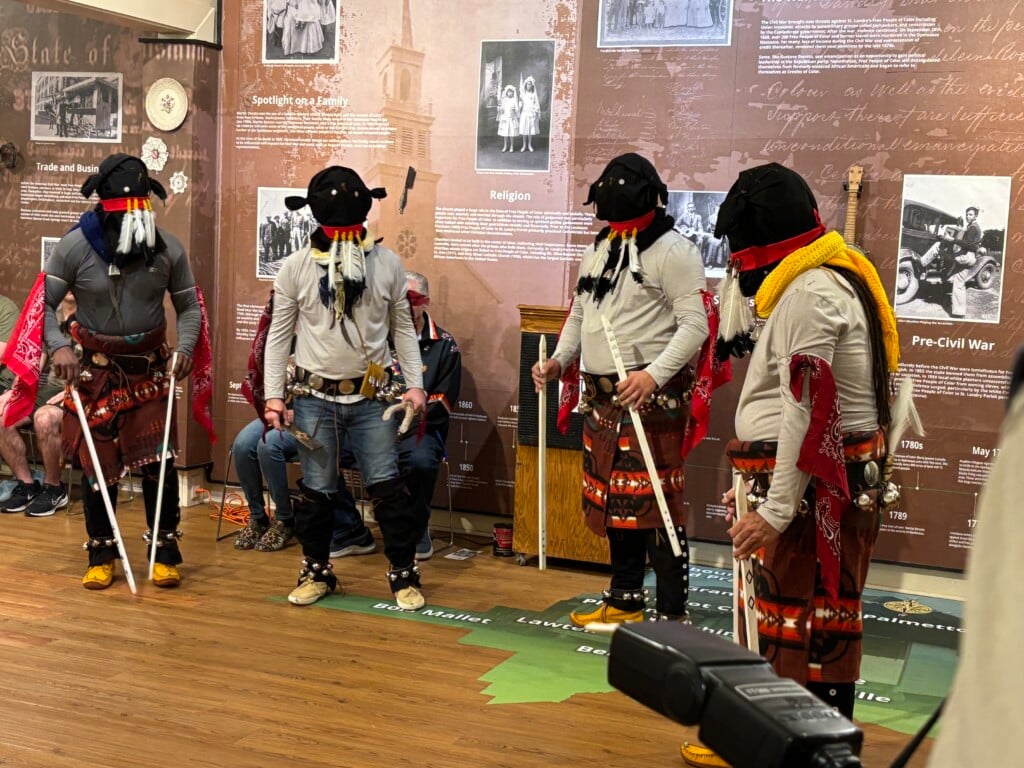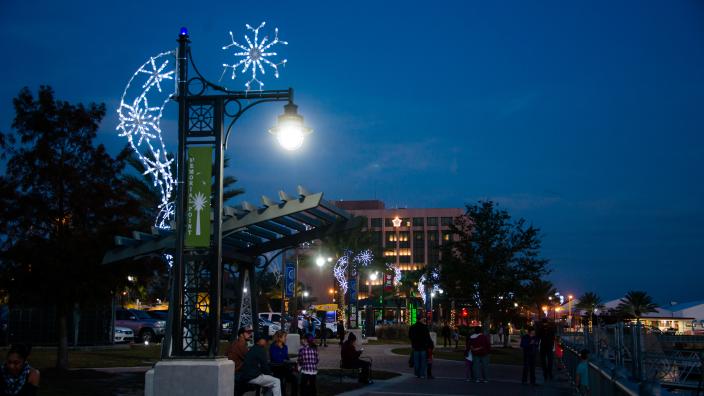Why Was the Xactci Dance Forbidden? The Story of Its Revival

Once labeled as The Devil Dance, the Xactci Dance has returned. But why now?
Citizens of the Canneci Tinné Tribe of the Louisiana Apache, based in Lafayette and St. Martin parishes, presented the once forbidden Xactci Dance for the first time in 160 years on Saturday, Nov. 22.
The Xactci Dance, a spiritual dance integral to the tribe, was banned by the U.S. government.
According to the Investing in Native Communities project, Congress banned all Native American dancing and ceremonies with the Religious Crimes Code of 1883, which was amended to exclude dancing in the 1920’s and finally lifted in the 1970’s.
Chief Cougar Goodbear of the Canneci Tinné Tribe shared that the Xactci Dance was called The Devil Dance. “They would say that the Apache were devil-worshipping,” said Goodbear.
Though the ban is now lifted, “The dance is still being attacked by religious groups,” said Goodbear. “When they see the Xactci, they don’t understand the significance. It’s the total opposite of the way they’re seeing things, so to expel negativity, not to bring negativity.”
At first, Chief Goodbear was reluctant to bring the dance back, but he received immense support from one thoughtful advocate, Opelousas Museum Curator Patrice Melnick.
Goodbear shares that Melnick had been attending several of the tribe’s events. At one event, Melick overheard one of the young members say, “We’d love to see our Xactci Dance because the other Apache Tribes have their Xactci.”
From there, Melnick set her mind on making the Xactci Dance happen for the Canneci Tinné Tribe.
Although her initial grant proposals weren’t accepted, Melnick continued reaching out. Finally, the New Orleans Jazz & Heritage Foundation and the Louisiana Endowment for the Humanities gave grants to help the historic Xactci Dance come back to life.
Over the past year, the Canneci Tinné Tribe has prepared for the dance by gathering materials and creating the regalia.
The Nov. 22 dance at the Opelousas Museum is the first of four dances to revive the Xactci. Four is a sacred number for the Canneci, and each performance will include more regalia.
“People came from all over the region to attend, and every seat was filled,” said Melnick. “About half of the audience was from the Opelousas area. Many commented to me that they had never seen anything like this. The dancing and the dramatic regalia were amazing. I could see audience members looking on in wonder and with respect. I’m hopeful that this broadened people’s worlds as they observed sacred rituals by the Canneci Tinné Lipan Apache.”

